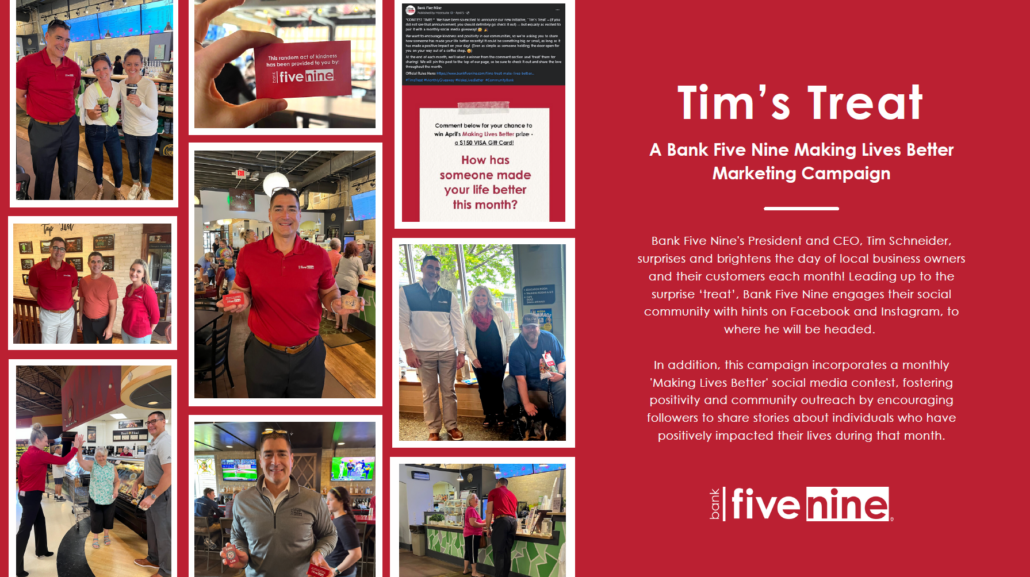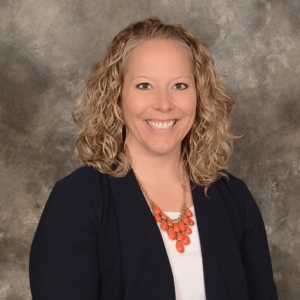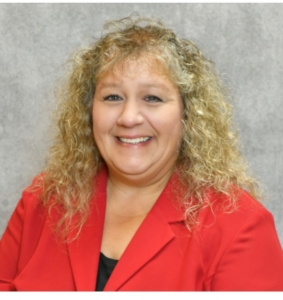By Josh Effinger
Whether it’s internally with your coworkers or externally with your customers and community, community banks create many positive interactions on a daily basis. Capitalizing on these opportunities for social media and digital content can be a game-changer by showcasing your company culture and humanizing your bank.
While this strategy sounds simple and straight forward, this can be challenging for a marketing department or individual limited by time, resources, and other priorities. Consider these four tips to utilize your colleagues efficiently and effectively.
1. Identify what makes your bank culture unique. If your bank has a fun activity or social event, take pictures to capture staff camaraderie, such as volunteering in the community, attending high profile events, employee spotlights and accomplishments, staff wellness initiatives, customer testimonials, thought leadership, and professional growth narratives.
2. Encourage employees to participate. Ask staff to capture day-to-day moments within the bank that reflect its culture, such as team achievements, customer interactions, or community involvement. This can be as simple as capturing a few photos at an event or documenting a positive customer experience. Utilizing your employees outside of the marketing department can create valuable content and expand your reach so the content creation doesn’t fall on one person or department. Seek out fellow co-workers who might have a photography background or passion. By creating a sense of ownership and enthusiasm among employees to showcase the company culture through their lens, marketing managers can foster a more engaging and relatable social media presence for the bank.
3. Train staff. Training should involve clear guidelines on content creation, ensuring it aligns with the brand’s messaging while highlighting the human aspect of the bank. Give clear directions and provide examples with tips to make it fun and easy for staff to be involved. Leading by example will show employees that you also buy into the culture. Meeting with newly hired employees and sending helpful reminders will set expectations right away and reinforce them periodically.
4. Ensure everything runs through marketing and compliance. Ultimately, the marketing department has final say on what content is posted on social media. Limiting employee access to company social media profiles is essential for proper security and ensures compliance guidelines are followed.
Leveraging your staff to help create content not only creates more opportunities to showcase your company culture on social media, but it also generates efficiencies for the marketing department so they can focus on other objectives and not have to be present for every positive customer interaction or event. With proper training and clear guidelines, you can create a fun and inclusive environment that allows employees to proudly showcase their accomplishments and make a difference in the community.
Effinger is marketing officer at Ixonia Bank and member of the 2023–2024 WBA Marketing Committee.


 By Alissa Weber
By Alissa Weber


 The WBA is pleased to announce the winner of the inaugural WBA Marketing Excellence Award for 2023: Bank Five Nine and the marketers behind the ‘Tim’s Treat’ campaign, Heather Dewey and Jeff McCarthy!
The WBA is pleased to announce the winner of the inaugural WBA Marketing Excellence Award for 2023: Bank Five Nine and the marketers behind the ‘Tim’s Treat’ campaign, Heather Dewey and Jeff McCarthy!

 By Lauren Moran
By Lauren Moran
 By: Ashley Clemons
By: Ashley Clemons

 By Tammy Tongusi
By Tammy Tongusi
 By Daniel Rivera
By Daniel Rivera